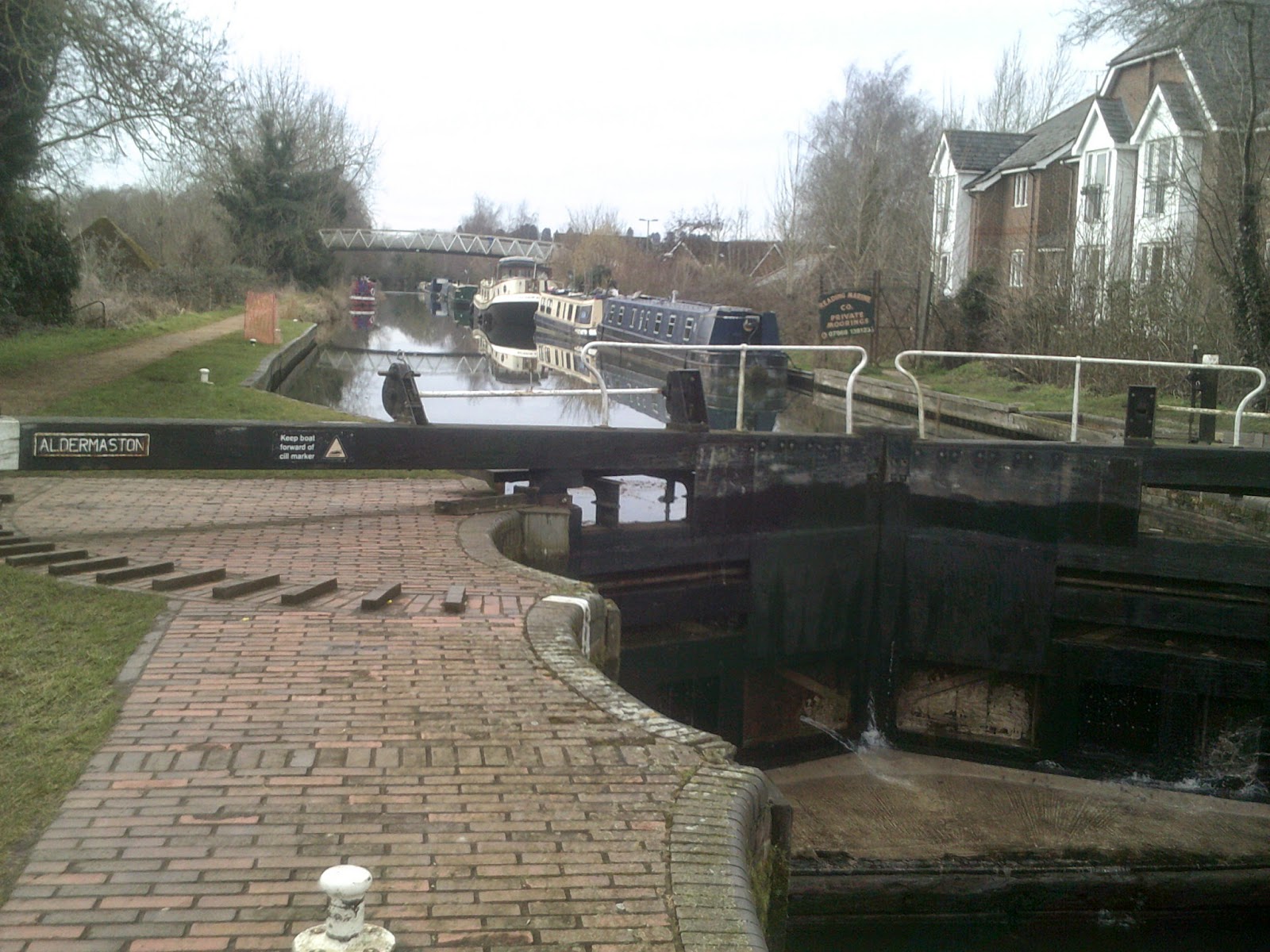There aren't any canal locks in north Cumbria. This one is in Berkshire. Canals were waterways made by people about 250 years ago to move large amounts of heavy stuff like coal. They were superseded by railways. How do you get a boat to go uphill? That's where the lock comes in. Start with the top picture. They open the gates and sail the boat in. They close the gates behind them. Now look at the picture below. Small panels in the bottom of the gate are opened and water pours in. This raises the boat to the top level. The gates are opened and the boat sails off.
1. The boats are called narrowboats like the black one in the picture. I have read that their mass is 1000kg for every metre of length. How heavy is the narrowboat?
2. The narrowboat gains gravitational potential energy mxgxh by being pushed upwards by the water pouring into the lock. Calculate the gravitational potential energy gained by the boat (say g=10 N/kg because we are estimating quantities)
3. The energy to raise the boat comes from the water that falls into the lock from the higher section of the canal. That water loses gravitational potential energy. Calculate the mass of water that falls into the lock by estimating the volume of water needed to fill the lock up to the higher level and then using the fact that 1 cubic metre of water has a mass of 1000kg.
4. Next calculate the potential energy lost by the water as it goes in by using mxgxh.
5. Calculate the efficiency of the lock by working out what percentage of the gravitational potential energy lost by the water is given to the boat.



